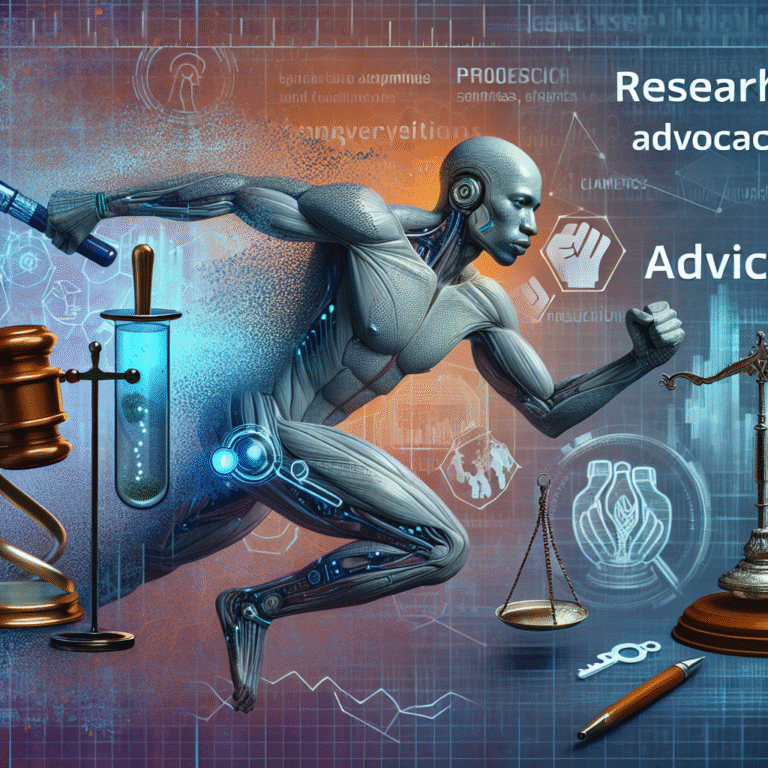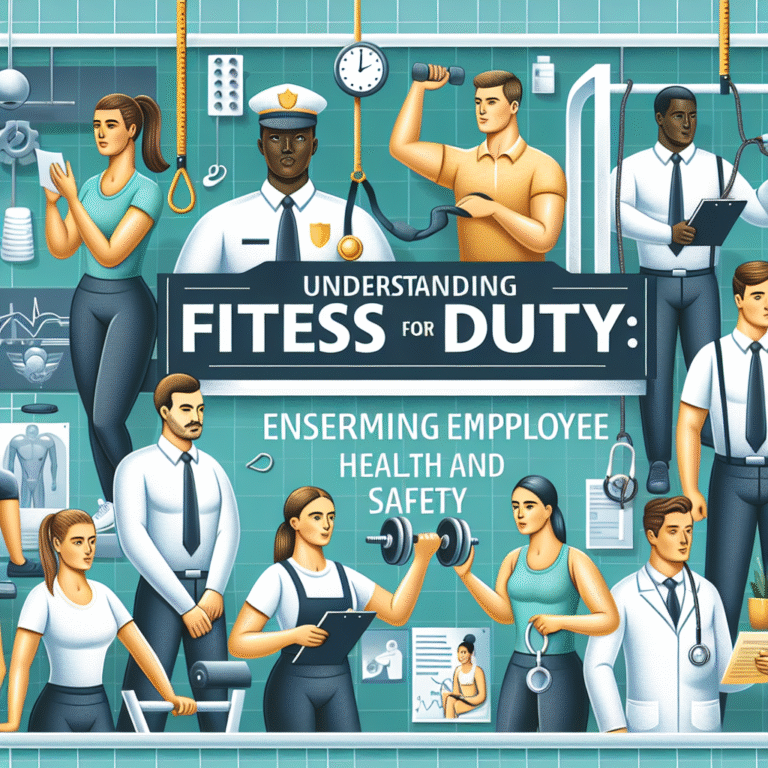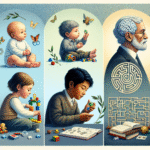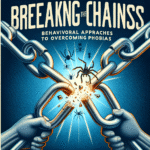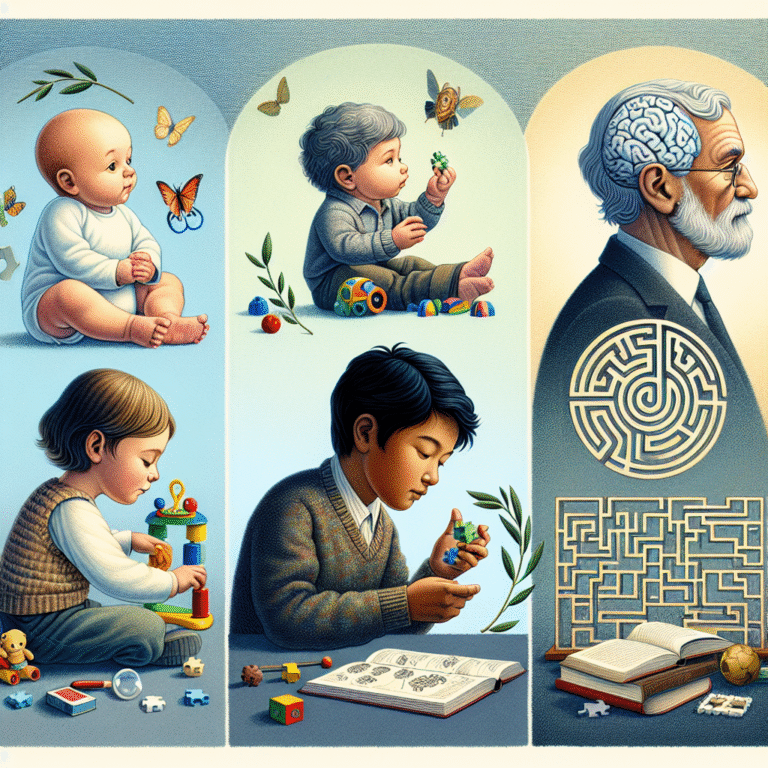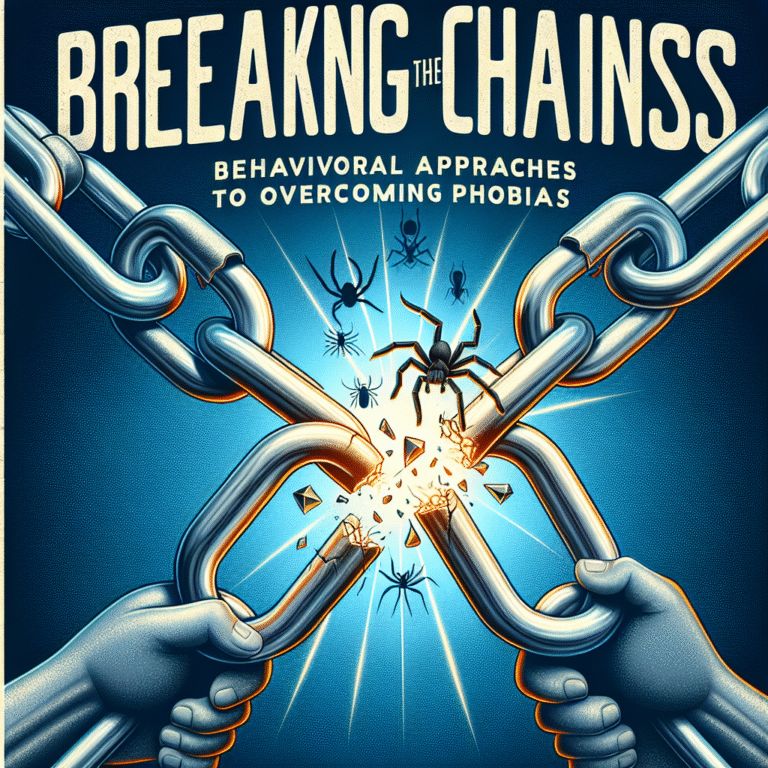
Introduction
In today’s ever-evolving digital landscape, the importance of creating tailored content cannot be overstated. Whether you’re a marketer, blogger, or business owner, understanding your audience and adapting your message accordingly is crucial for engagement and success. This guide explores strategies to personalize content effectively, encouraging you to feel free to modify these suggestions to better fit your specific angle or audience. By doing so, you create a deeper connection with your readers, ultimately leading to increased loyalty, engagement, and conversions.
The Importance of Tailored Content
The relevance of personalized content has never been clearer. Research shows that audiences are more likely to engage with content that speaks directly to their interests and needs. According to a study by Demand Metric, personalized content can lead to a 20% increase in customer engagement. This is a staggering number, underscoring the necessity of modifying content to align it with audience expectations.
The Psychology Behind Personalization
Understanding why tailored content works begins with exploring audience psychology. When individuals see information that resonates with them, it creates a sense of belonging, validation, and interest. By frequently stating “feel free to modify these suggestions to better fit your specific angle or audience,” you empower your audience to adapt information to their own contexts. This involvement not only enhances relatability but also increases the likelihood that they will share your content with their networks.
Key Strategies for Content Personalization
To effectively modify your content for better alignment with your audience, there are several strategies to consider:
1. Segment Your Audience
Segmenting your audience allows you to understand their needs better. Use demographics, psychographics, and behavioral data to create profiles that represent various sections of your audience. For example, a rental business may have segments including first-time renters, families, and corporate clients. By altering your messaging according to these segments, you can make information more relevant.
2. Utilize Data Analytics
Incorporating data analytics tools offers insights into what works and what doesn’t. Tools like Google Analytics or SEMrush provide metrics on audience behavior, preferences, and engagement patterns. Based on this data, you can confidently say, “feel free to modify these suggestions to better fit your specific angle or audience” because you’ll have actionable data guiding you.
3. A/B Testing
Conducting A/B tests is a practical way to discover what resonates with your audience. By testing variations of your content, including headlines, call-to-action buttons, or images, you can identify which version performs best. This iterative learning process helps refine your content strategy over time.
Case Studies in Content Personalization
Case Study: Spotify’s Playlist Personalization
Spotify has successfully capitalized on personalized content through its tailored playlists, such as "Discover Weekly" and "Release Radar." The platform’s algorithm analyzes listening habits, creating unique playlists for each user. The result? Millions of subscribers receive music recommendations that feel personally curated, leading to increased user satisfaction and retention rates.
Analysis: Spotify showcases the value of modifying suggestions at scale, enriching user experience by offering tailored content. Marketers can learn from this approach, implementing similar personalization techniques to engage their audience.
Case Study: Amazon’s Product Recommendations
Amazon leverages sophisticated algorithms to present personalized product recommendations based on user behavior and preferences. By suggesting items that align with a shopper’s previous purchases, Amazon guides users down the sales funnel effectively.
Analysis: This case illustrates how personalized content can lead to increased sales. Adopting similar strategies, businesses can enhance user experience by saying, "feel free to modify these suggestions to better fit your specific angle or audience."
Creating Engaging Content: Tools and Techniques
To engage your audience effectively, consider using these tools and techniques.
1. Dynamic Content
Dynamic content refers to elements of your webpage or messaging that change based on the user. For instance, if a user has shown interest in fitness products, they may see tailored advertisements displaying relevant items.
2. User-Generated Content
Incorporating user-generated content (UGC) not only provides social proof but also encourages community involvement. It allows audiences to see themselves represented, making them more likely to engage and share.
3. Optimize for SEO and Discoverability
Optimizing your content using relevant keywords, including variations of “feel free to modify these suggestions to better fit your specific angle or audience,” will enhance your content’s visibility. Search engines favor content that is both relevant and high-quality, supporting your goal of reaching a broader audience.
Charts and Tables for Clarity
Here’s a table highlighting various audience segments and suggested content modifications to enhance relevance:
| Audience Segment | Suggested Content Modifications |
|---|---|
| First-Time Renters | Provide guides on the rental process and budgeting tips. |
| Families | Showcase kid-friendly options and family-sized accommodations. |
| Corporate Clients | Offer case studies showcasing your services in the corporate sector. |
Conclusion
Creating tailored content is not just a trend; it’s a fundamental principle in digital communication. By understanding your audience and modifying content to their needs, you can foster meaningful connections that lead to higher engagement and conversion rates. Remember to continually assess and adjust your strategies, as this will not only improve your content but also enhance your brand’s reputation.
By empowering your audience to feel free to modify these suggestions to better fit your specific angle or audience, you invite collaboration and deeper engagement. Ultimately, personalized content isn’t just about better marketing; it’s about building relationships.
FAQs
1. Why is personalized content so effective?
Personalized content resonates more with audiences by meeting their specific interests and needs, creating a sense of connection and validation.
2. How can I effectively segment my audience?
Utilize demographic data, psychographics, and behavior analytics to create distinct audience profiles that guide your content strategy.
3. What tools can help me personalize my content?
Tools like Google Analytics for audience insight and email marketing services like MailChimp for dynamic content are excellent choices for content personalization.
4. How often should I update my content strategy?
Regular assessments, such as quarterly reviews, ensure that your content stays relevant and reflects any changes in audience behavior or preferences.
5. What are the risks of not personalizing content?
Failing to personalize can lead to lower engagement rates, higher bounce rates, and ultimately, lost customers as audiences turn to competitors providing a more tailored experience.
By incorporating these strategies and insights into your content creation process, you’ll be well on your way to engaging your audience more effectively. As you do, don’t forget to feel free to modify these suggestions to better fit your specific angle or audience!





